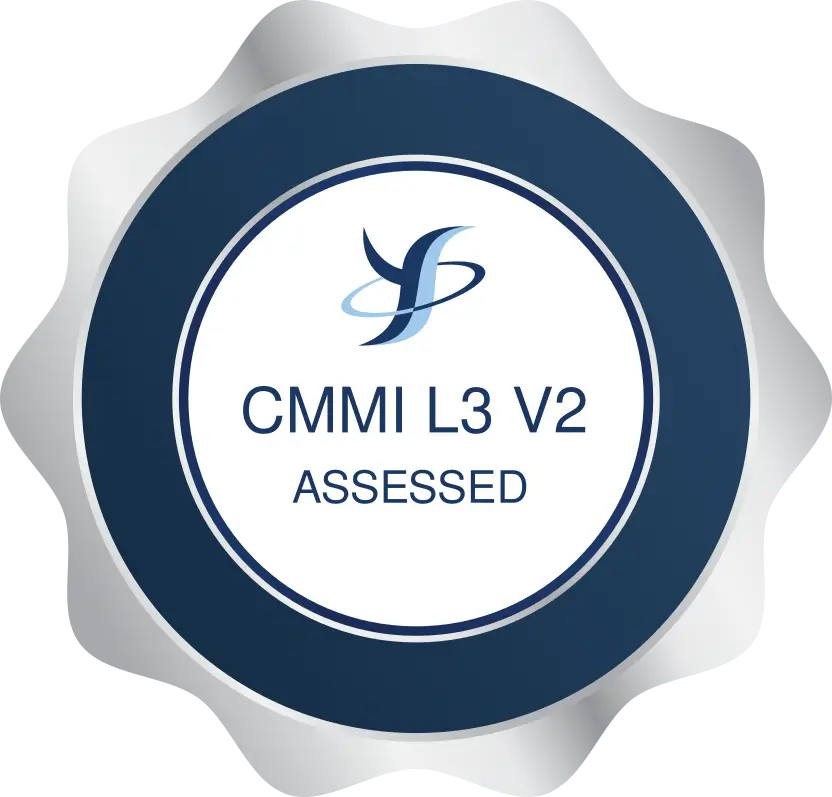What Are Llama 4 Scout and Maverick?
The Llama 4 update isn’t just a performance boost—it represents a fundamental shift in how AI models interact with data. Meta’s new models, Scout and Maverick, are designed to go beyond traditional text-based AI by understanding and generating content across multiple formats.
This means Llama 4 can now analyze, interpret, and respond using text, images, video, and audio—and even convert information between these formats. Whether it’s reading a paragraph, identifying objects in an image, or summarizing a video clip, Llama 4 aims to do it all with impressive fluency.
Key Features of Llama 4
- Larger training dataset: Llama 4 has been trained on a significantly larger and more diverse corpus of text, giving it a broader base of knowledge and more refined outputs.
- Improved reasoning and contextual awareness: It handles complex prompts more effectively and provides more coherent, context-aware responses.
- Multimodal capabilities coming soon: While Llama 4 itself is text-based, Meta also hinted at the upcoming release of Llama 4-m, a multimodal version capable of understanding both text and images.
- Open access (with safeguards): Developers can apply for access to the model under a non-commercial license or commercial license (depending on usage), keeping the spirit of openness alive while maintaining responsible AI deployment.
What Does “Multimodal” Mean?
Multimodal AI refers to systems capable of processing and integrating multiple types of input. Most language models until now, like earlier versions of Llama or GPT-3, were limited to text. Llama 4 breaks that barrier by combining different data streams into one cohesive understanding.
For example:
- It can describe what’s happening in a photo.
- Summarize audio content from a podcast.
- Translate video content into written transcripts.
- And even generate media-rich responses using a blend of formats.
This kind of cross-format intelligence opens doors for more natural, interactive, and versatile AI applications—from smarter virtual assistants to enhanced content creation tools.
Why Llama 4 Matters
Meta’s push into multimodal AI with Llama 4 is more than just a technical upgrade—it’s a strategic move in the ongoing race to lead the next generation of artificial intelligence. Here’s why it matters:
- Wider Use Cases: Developers and businesses can now build apps that interact with the world the way humans do—through sound, sight, and language.
- Improved Accessibility: Multimodal features can help create more inclusive tech for users with different needs, such as voice-to-text or visual assistance tools.
- Open Innovation: Meta continues its commitment to open AI development, encouraging the community to build responsibly on top of its models.
What’s Next?
While Meta hasn’t released full technical documentation yet, the introduction of Llama 4 Scout and Maverick signals a clear direction: toward richer, more integrated AI systems that understand the world more like we do.












